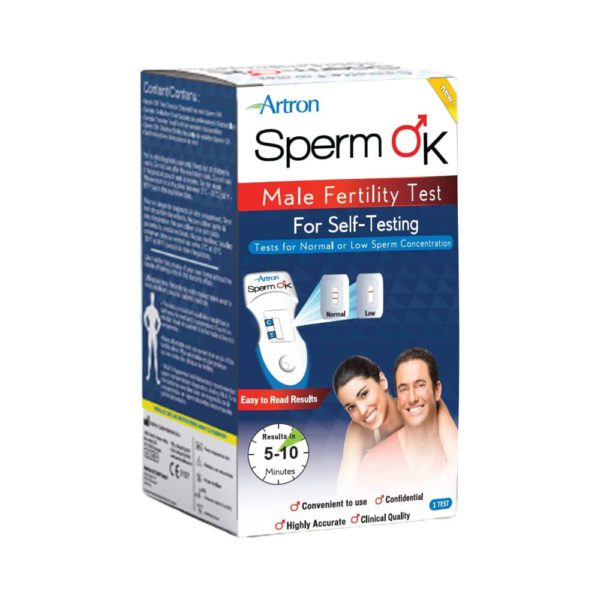The Omicron XE sub-variant of COVID-19 has been making headlines as a noteworthy development in the ongoing pandemic.
Here’s everything we know about this sub-variant.
What are variants and sub-variants?
Variants are versions of a pathogen that have genetic differences from the original strain.
Sub-variants, on the other hand, represent further genetic variations within a specific variant.
What is Omicron sub-variant XE?
Omicron sub-variant XE is a recombinant form of the Omicron variant garnering attention due to its distinct characteristics and potential implications for public health strategies.
Recombinant variants like XE are known to arise during pandemics with multiple circulating variants, although many of them tend to disappear rapidly.
Currently, there is a lack of evidence suggesting that the XE variant causes more severe illness or significantly affects vaccine effectiveness.

What are the symptoms of Omicron XE?
The symptoms of Omicron XE are reported to be similar to those of the original Omicron variant, which include mild respiratory symptoms such as:
- Cough
- Sore throat
- Congestion
Other symptoms include:
- Fatigue
- Body aches
- Loss of taste or smell
The symptoms might vary from person to person, and some people infected with this sub-variant may remain asymptomatic.
Stay informed about any new developments in symptoms or severity associated experts continue to understand this sub-variant. If you experience any of the symptoms mentioned or suspect exposure to Omicron XE, seek guidance from healthcare professionals for appropriate management and care.
How transmissible is Omicron sub-variant XE?
Recent data suggests that this sub-variant has a higher transmissibility rate compared to the BA.2 variant.
Also, cases of XE have been identified in the U.K. and Canada, with the UK Health Security Agency highlighting XE as a driver of the sixth wave in Canada. However, more data is needed to confirm the extent of increased transmissibility and the potential impact on public health.
How severe is Omicron sub-variant XE?
As of now, there is a lack of concrete evidence regarding the severity of the XE variant in causing severe illness or affecting vaccine efficacy.
Experts are continuing to track any changes in disease severity, especially if compared to the BA.2 variant. They’re also tracking the impact on vaccine effectiveness, however, the potential risk of virus mutations altering vaccine efficacy remains a concern.
To address this, health authorities recommend proactive measures such as:
- Booster shots
- Consistent mask-wearing
- Improved ventilation in enclosed spaces
Do the vaccines still work?
While initial data suggests that vaccines still offer some level of protection against severe outcomes and hospitalization from the XE sub-variant, ongoing research is essential to monitor any potential changes in vaccine efficacy.
Frequently asked questions
How likely is it for Omicron XE to mutate further and develop into more concerning sub-variants?
The likelihood of Omicron XE mutating further into more concerning sub-variants remains uncertain. Ongoing surveillance and genomic monitoring are crucial to detect any changes promptly and implement necessary measures to curb potential risks.
Are there any specific demographic groups that seem to be more affected by Omicron XE compared to other variants?
Specific demographic groups more affected by Omicron XE compared to others remain under study. The analysis involves age, vaccination status and comorbidities. Ongoing research aims to identify high-risk populations for tailored preventive strategies and healthcare interventions.
Can people who have already been infected with a different variant of COVID-19 be more susceptible to contracting Omicron XE?
Individuals previously infected with a different COVID-19 variant may have varying susceptibility to contracting Omicron XE due to immune response differences. Research on cross-variant immunity and potential impacts on XE infection is ongoing.
What measures are health authorities taking to track and contain the spread of Omicron XE globally?
Health authorities globally are implementing robust surveillance systems to track the spread of Omicron XE. Measures include enhanced genomic sequencing, increased testing, contact tracing and collaboration between countries to contain the variant and prevent further transmission.
Are there any specific regions or countries where Omicron XE is spreading more rapidly compared to others?
Some regions experiencing rapid spread of Omicron XE include the U.K. and Canada. Health authorities are closely monitoring this trend.
Key takeaway
The Omicron XE sub-variant of COVID-19 presents a unique set of challenges to public health authorities worldwide. While XE shows increased transmissibility compared to BA.2, there are still a lot of uncertainties surrounding its symptoms, severity and transmissibility.




















































